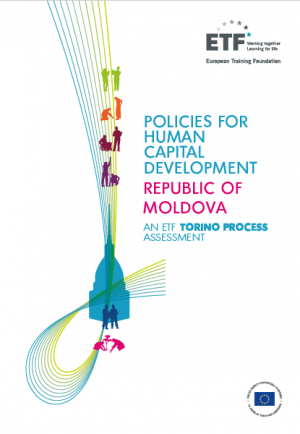This ETF assessment was prepared in 2019 on behalf of the national authorities in Moldova with the help of a standardised framework questionnaire for national reporting (National Reporting Framework – NRF). The assessment summarises the main challenges for the development and use of human capital in the country and discusses how education, in particular VET, and labour market policies can contribute to their resolution.
This ETF assessment comes at an important time, as the country prepares for the next Eastern Partnership (EaP) multiannual programme. Launched in 2009 as a joint policy initiative, EaP aims to deepen and strengthen relations between the EU, its Member States and its six eastern neighbours: Armenia, Azerbaijan, Belarus, Georgia, Moldova and Ukraine. In May 2020 all six EaP countries and the EU will launch the third phase of the initiative and agree on an ambitious new work plan, revising the 20 Deliverables for 2020. It will aim to bring tangible benefits to the lives of citizens across the region. In this context, cooperation between the EU and its six eastern partner countries will focus on working towards stronger economies, stronger governance, stronger connectivity and stronger societies.
The assessment process included an extensive phase of desk research on the basis of responses to the NRF, and the preparation of an issues paper with an overview of themes to be discussed in the current report, which were then finalised in consultation with the country and thematic teams responsible for Moldova at the ETF. An advanced draft of the ETF assessment was circulated to national stakeholders and international partners and was discussed at a consultation meeting in Chisinau on 5 November 2019 to verify the findings and recommendations.
Like other ETF assessments, this paper is not intended to be exhaustive. The national Torino Process report for Moldova covers a broad range of problems around human capital development and use, while the focus here is on challenges that the ETF recommends should be addressed as a matter of priority.

